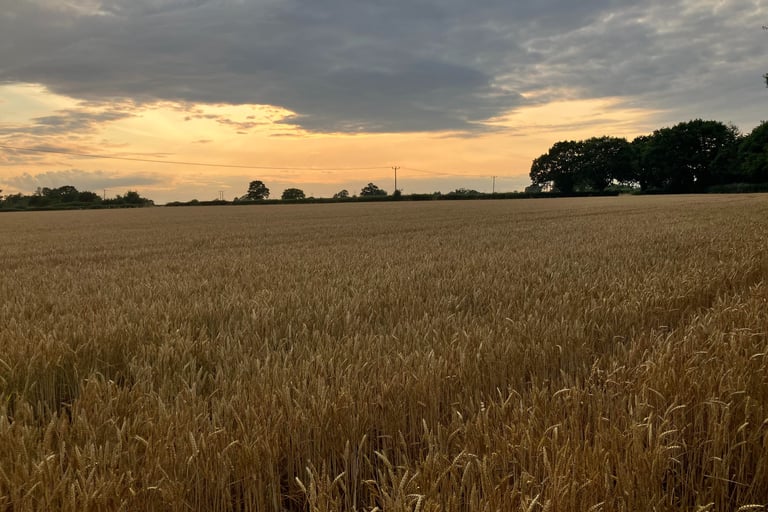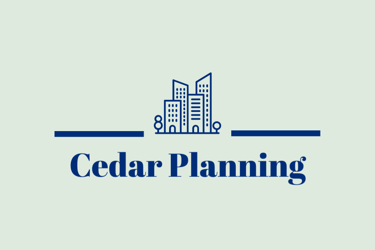Examples of objections to planning applications
At Cedar Planning we are experienced in providing advice to clients who are concerned about a planning application in their area. In order for planning objections to be effective, they need to be focused on matters that can be taken into account in the planning process.
Common examples of objections to planning applications
Here we have listed some of the most common examples of objections to planning applications. Read below to find out some more detail on these examples.
Outside of settlement boundaries;
Located within the Green Belt;
Over development of a site;
Adverse impact on residential amenity, which can include noise, overlooking, loss of privacy, overshadowing and odour;
Design of the proposal, including its visual impact
Impact on heritage assets, such as Conservation Area or listed buildings;
Landscape impacts;
Flood risk for occupants, as well as increasing flood risk elsewhere;
Development would result in unacceptable highway impact;
Lack of affordable housing;
Insufficient infrastructure.
When making a planning objection, your starting point should be to review the Councils Local Plan, or Neighbourhood Plan if one is in place. These documents provide a set of policies against which planning applications are decided against. If the site is located on the edge of a town or village or in a rural area, you should see if the proposal is within a settlement boundary. Generally, the principle of development is acceptable within them, and outside of them policies are more restrictive.
If the proposal is located within the Green Belt, local and national policies generally set a restrictive approach to development, even setting restrictions on the extent that houses can be extended in the Green Belt. It is important to remember that Green Belt is very different to Greenfield, and objecting to a proposal because it is in the Green Belt when it is not is likely to be a waste of your time.
The Government has encouraged increasing the density of development in certain areas. However, there may still be valid objections raised that a proposal would be over development. This can have knock on implications such as a negative impact on the design and character of an area.
Local residents are often concerned that development will have a negative impact on residential amenity, which can include noise, overlooking, loss of privacy, overshadowing and odour pollution. All of these are valid concerns. If the application isn't supported by any technical evidence to support these matters, then this could be worth raising to the Council.
Over the past few years there have been a drive to improve the design quality of proposals. If the proposal would have a negative visual impact on an area, due to its scale, height, location, or even through its use of materials, then this is a valid planning objection.
National Planning Policy and most local planning policies set a restrictive approach for development that would harm heritage assets, such as Conservation Areas or listed buildings. Whilst this doesn't mean that all development within a Conservation Area or near a listed building will be refused, Councils have a legal duty to have regard to preserving and enhancing the character and appearance of Conservation Areas and similarly with listed buildings. Where harm is identified to a listed building, or its setting, this harm should be given significant weight.
A common example of planning objections in rural areas is that development will impact on the landscape. Landscapes of particular importance include National Landscapes (previously called Areas of Outstanding Natural Beauty), and developments impact on the wider landscape will be an important factor.
You may also wish to object to a planning application on a number of technical matters. This can include flood risk, highways matters or infrastructure provision. Depending on the circumstances, you may wish to enlist the help of a specialist in this field, as the applicant and Council may have involved their own technical expertise in these fields to promote or assess the proposal.
This list is not an indefinite list, and there may be other examples depending on the scheme.
What shouldn't be included
As we have set out above, to be effective it is important that planning objections are focused on the relevant considerations. The following points will not be taken into account by the decision maker, and including them could even weaken the rest of your valid objections.
The applicant or their motives behind the application;
Any protected characteristics of the applicant, such as religious beliefs or ethnic origins;
The profit to be made by the applicant, developer or landowner;
The impact on house prices.
While you may be particularly concerned that a planning application will impact on the value of your house, unfortunately this isn't a planning consideration. However, you may still be able to object to many of the causes of a reduction in the value of your house, such as noise or odour pollution, but you should still avoid mentioning house prices.
Professional advice
If you are particularly concerned about a planning application or proposal in your area, Cedar Planning are on hand to help you every step of the way. View our dedicated planning objection service page for more information on our services or use the form below to receive a no-obligation fixed fee quote for our services.


Contacts
Email: info@cedarplanning.co.uk
Phone: 07418 610156
Office (by appointment only) Cedar Planning Ltd, 82a James Carter Road, Mildenhall, Bury St Edmunds, IP28 7DE


Click the above button for a free Whatsapp consultation

